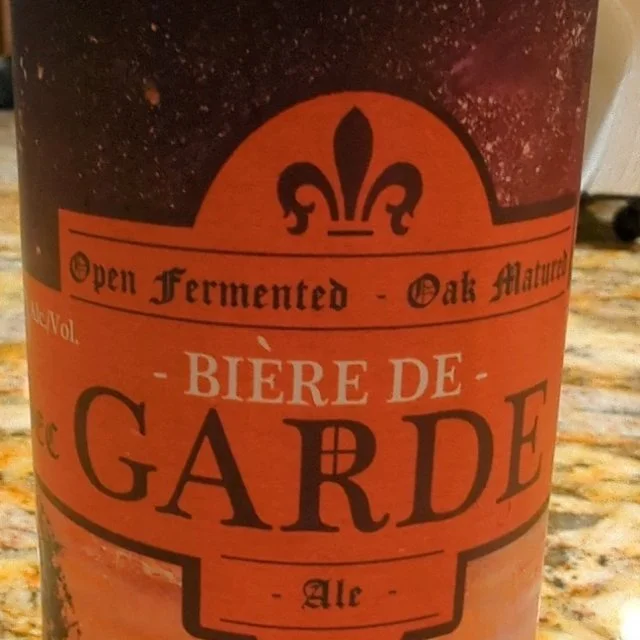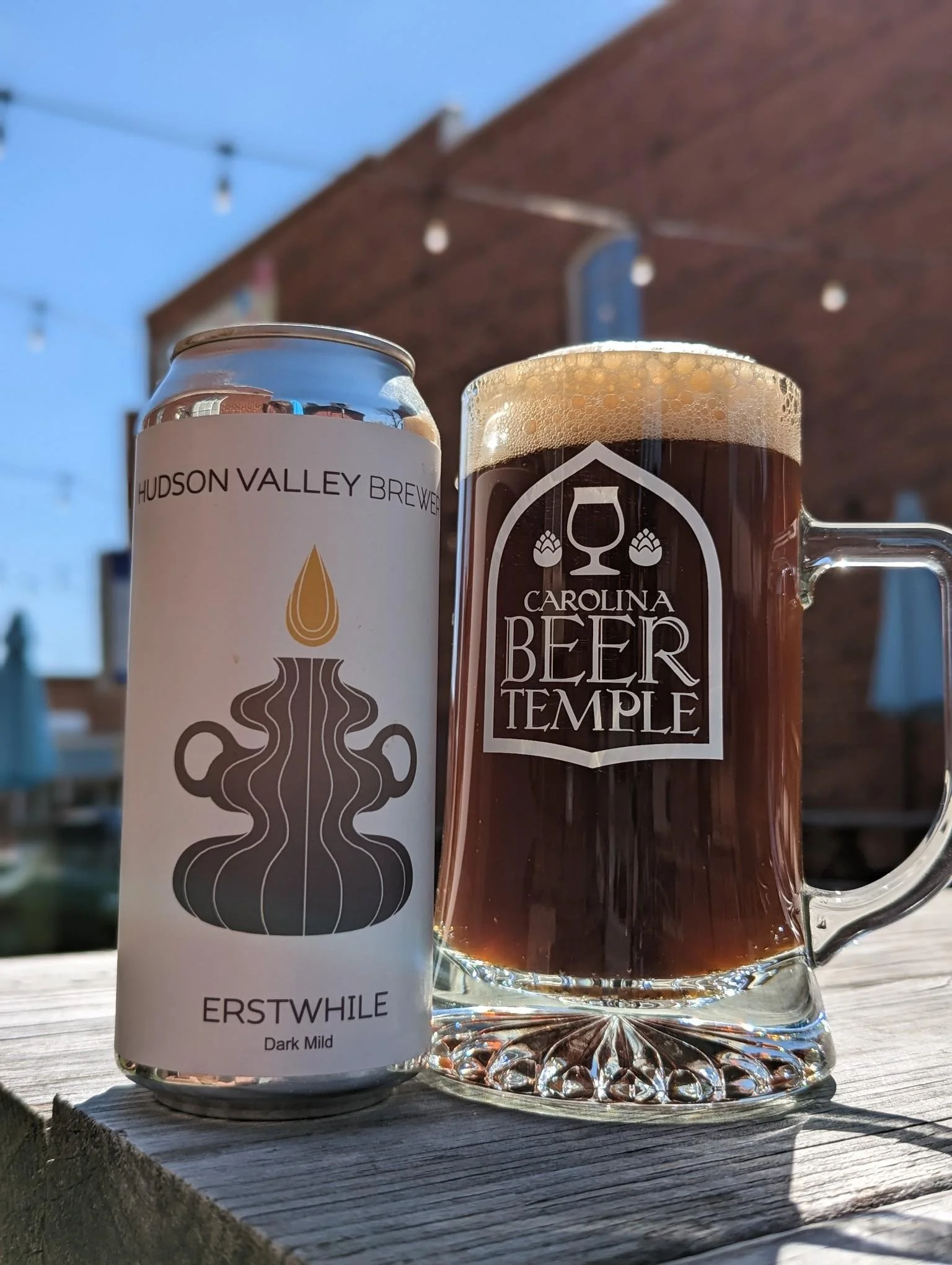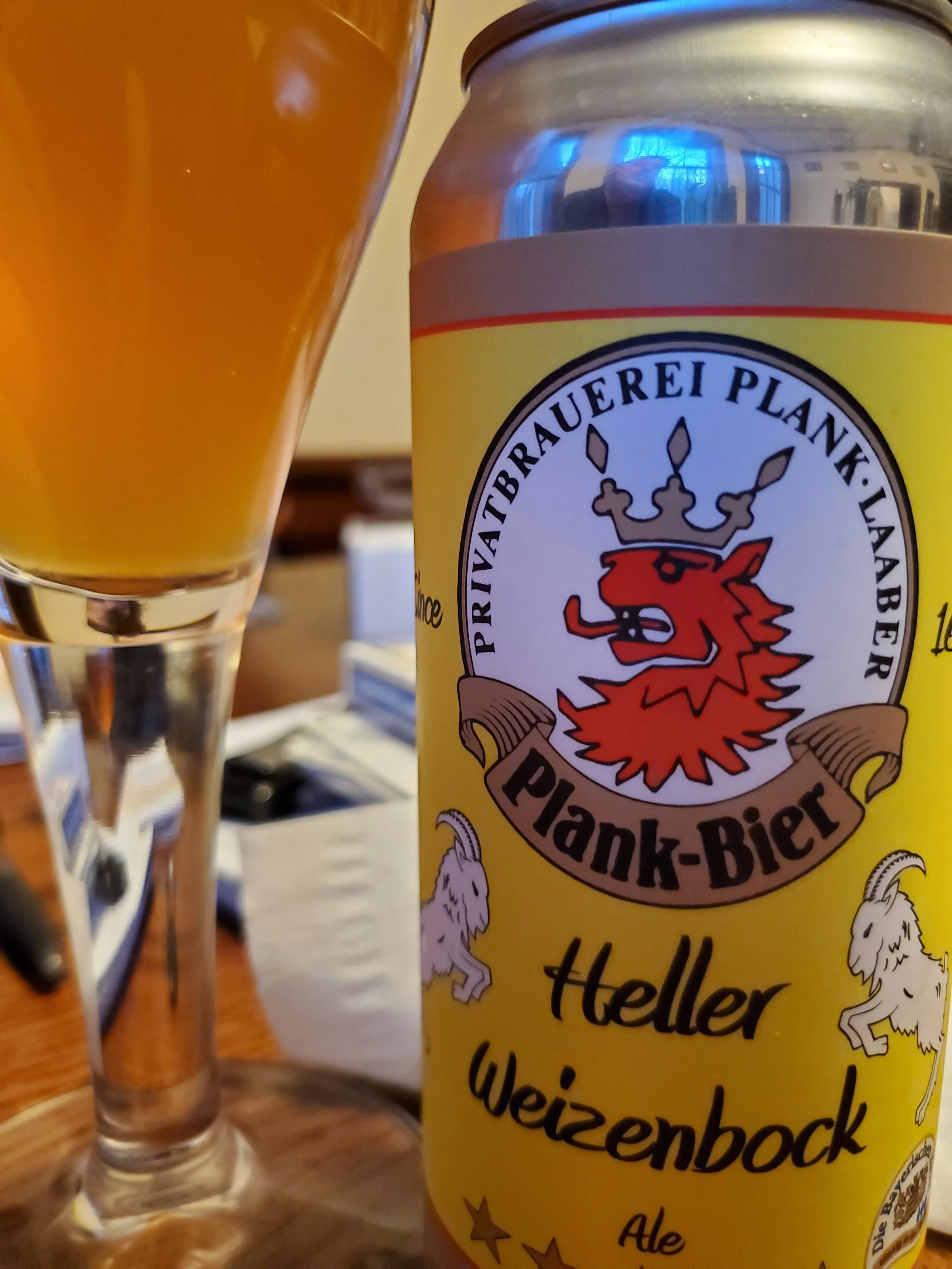Top Under-appreciated Beer Styles (as selected by the CBT Staff)
Visit your average taproom and you are sure to find IPAs, Hazy IPAs, Lagers, perhaps a stout, and perhaps a sour of some sort. While there are so many styles to choose from in the world of craft beer (the Great American Beer Festival currently offers awards in 98 categories and growing), there are several that are infrequently brewed or simply hard-to-find. The Carolina Beer Temple team decided to compile a list of 5 styles that are typically awesome, but frequently underappreciated.
At Carolina Beer Temple we currently have a couple of these in stock, but they rotate out quickly, so its hard to say what will be on the shelves or on tap on any given day. We recommend you treat yourself to these styles on those rare occasions you stumble across one.
Sticke Alt
Sticke Alt is a darker, stronger, and harder to find version of the classic German Altbier style. If you’ve lived in the Charlotte area for any length of time, you’re probably already familiar with the Altbier style even if you didn’t realize it. You can’t go to the grocery store, your favorite restaurant or even the airport without seeing Olde Mecklenburg Brewery’s flagship beer, Copper.
The Altbier style hails from Düsseldorf, Germany and was first brewed in the early 1800s. Sticke Altbiers are technically ales, meaning that they’re brewed with strains of yeast that sit at the top of the fermentation tank. Generally, ales ferment quickly, and at warmer temperatures than their lager counterparts. Lager beers on the other hand, are fermented at colder temperatures for weeks or even months with yeast that sits at the bottom of the tank. The extra time allows the yeast to consume different compounds in the wort that can give a beer unique flavors. This is why lagers taste so crisp and clean.
While Sticke Altbiers are brewed with ale yeast, they are also lagered for several weeks, so it’s sort of a hybrid style. In general, ale yeasts give different styles of beer their signature fruity, clove, banana, bubblegum and even spicy/peppery flavors. Altbiers in particular have lightly fruity notes, balanced by the strong, caramel malt flavor and crisp clean finish that comes from lagering.
Traditionally, Altbier brewers in Düsseldorf brewed secret batches of stronger, higher alcohol Altbier meant only for their own personal consumption. Sticke was the word for Secret in their local dialect, and when they eventually began to produce the stronger versions for public consumption, the name stuck. These higher octane Altbiers can be hard to find but are well worth the hunt.
We highly recommend trying out Uerige’s Doppel Sticke, Schumacher’s 1838er, Kemker’s Aoltbeer, and Edmund’s Oast Dopplesticke.
Bière de Garde
Bière de Garde, meaning “beer for keeping” in French. This style of pale ale originated in French farmhouses in the Nord region adjacent to Belgium. It is the only beer style native to France. Traditionally available in a wide range of colors, Bières De Garde today are usually blonde or golden in color and have a delicate but full caramel and toasty malt flavor. These beers are very lightly hopped, just enough for balance. Weighing in at around 6-8.5% ABV, Bières de Garde can pack more of a punch than you’d expect from such a light, delicate looking beer, and are great with hearty, rich foods including steak, pork and stews. The higher ABV also allows this beer to be lagered for several weeks, much like Altbiers, resulting in that beautiful, clean, crisp taste.
Russian River’s Perdition, OEC’s Bière de Garde, La Choulette’s Ambrée and Trois Monts are a few specific examples of excellent Bières de Garde.
Grisette
Hailing from the region along the French/Belgian border, this light bodied, dry, lower-alcohol, delicately tart style originally quenched the thirsts of local miners. Its name means “little grey one” in French, which is thought to be a reference to the traditional grey frocks worn by the women who worked in the local pubs.
Made with wheat and ale yeast, Grisette is considered a cousin of other farmhouse ales, like Bière de Garde and Saison (or actually a subset of Saison, depending on which brewer you talk to). It’s a relatively obscure style, at least in the U.S., but it pairs perfectly with hot summer days and a wide variety of foods, especially charcuterie and cheese boards.
Try Allagash’s Darling Ruby, Zebulon’s Experimental Forest #4, Sante Adairius’s Lady in Grey, Oxbow’s Grizacca, and Brasserie St. Feuillien’s Grisette Blonde.
Dark Mild
This crushable, lower ABV style is thought to be the original English session ale. Mild Ales as a style that have existed since the 1700s and are an offshoot of the Porter/Brown Ale/Stout family. The style as we know it today, however, is quite different than its predecessors and was actually developed as late as WWI. Originally, Mild Ales tended to be lighter in color and malt character, and higher in alcohol content than the dark/brown colored milds we see making a popular resurgence in the craft beer scene today. The change occurred mostly out of necessity during the two World Wars, due to rationing, supply shortages, and an alcohol percentage-based tax. Making weaker beer, using less malt became the most financially viable option for both brewers and beer drinkers alike.
Milds were traditionally sold fresh, unlike their porter and stout cousins which were historically aged and made with higher alcohol content. Today’s dark milds are deliciously light-bodied and crushable, despite their dark color. These beers tend to have sweet toffee and caramel flavors and low carbonation. Thankfully, they’re almost always below 5% ABV, because you can easily down quite a few pints absent mindedly.
Edmunds Oast’s The Keeper Dark Mild is fantastic, as is Grimm’s Seconds, Fox Farm’s Tiddl and Lion Bridge’s Compensation.
Weizenbock
If you’re an American over the age of 30, you’ve probably been trained by a certain one of the huge corporate beer conglomerates, which shall not be named, to think “dark beer” when you hear the term, Bock, thanks to said conglomerate’s amber-colored attempt at that style, found in supermarkets across the country. Bock however, simply refers to the strength, in terms of ABV, of the family of German beer styles by that name.
Bock beers can vary widely in color and malt character. For example, Helles Bocks/Maibocks range from pale to golden/light amber (Helles Meaning light in German). Doppelbocks and Dunkles Bocks can be copper to very dark brown (Doppel meaning double and Dunkle, dark, respectively). Weizenbocks are made using both wheat and malt – and yes, you guessed it, Weizen means wheat; Germans are extremely plain and literal in their naming conventions.
These wonderfully big-bodied ales have deep, malty flavors, including bready, raisin, and molasses as well as fruity, clove and banana-like esters from the yeast. The low bitterness and high carbonation play well with the high gravity and relative sweetness of the beer, giving this beer a unique mouthfeel. A perfect fireside sipper and nightcap.
We recommend Schneider Weisse’s Aventinus, Weihenstephaner’s Vitus, and Michael Plank’s Heller Weizenbock
Author: Trevor Wigle
Contributors: Rob Jacik, Zachary Brach, Ken Startin, Paul Taylor, Benton Cook





